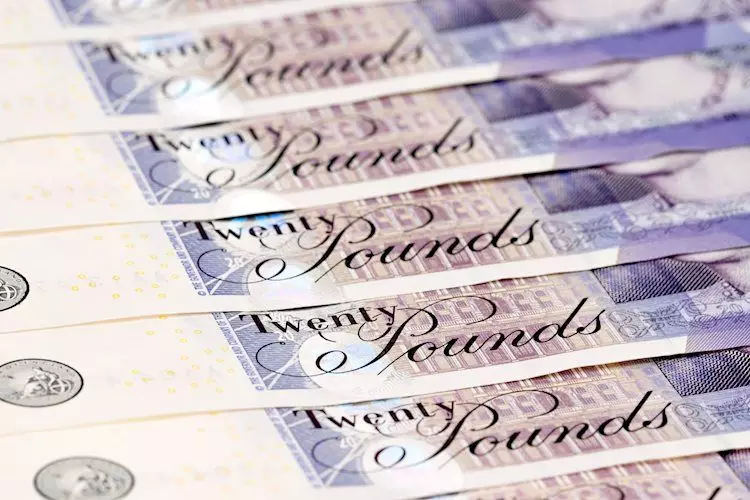As the Asian trading session unfolds on Monday, the GBP/USD currency pair is witnessing incremental gains, operating around the 1.3130 mark. This slight uptick ends a three-day losing streak for the pair, suggesting a short-term recovery amid a complex backdrop. The fluctuations in the exchange rate can be largely attributed to recent economic indicators, specifically the robust Nonfarm Payrolls (NFP) report from the United States. Released last Friday, these figures have injected a level of optimism, thereby moderating potential losses for the U.S. dollar.
The impressive addition of 254,000 jobs in September exceeded expectations and indications of a tightening labor market—illustrated by an uptick in Average Hourly Earnings to 3.8%—reinforce the resilience of the U.S. economy. This data shifts the perception of imminent interest rate cuts by the Federal Reserve, compelling investors to reassess their positions. The CME FedWatch Tool now reflects a considerable shift in sentiment, revealing a nearly 97.4% likelihood of a 50 basis point cut in September, a stark increase from just 31.1% prior to the NFP release. However, this sharp turn also places constraints on the immediate prospects of the GBP/USD pair.
On the other side of the Atlantic, the Bank of England (BoE) is contending with its unique set of challenges and expectations surrounding monetary policy. Recent statements from Huw Pill, Chief Economist at the BoE, indicate a cautious but potentially gradual approach to interest rate adjustments. With many market players divided on whether a rate cut will materialize in November, followed by another in December, the consensus seems to lean towards a conservative trajectory. Historically, the BoE has resisted the temptation to implement back-to-back rate cuts, an approach it has maintained since 2020.
The central bank’s primary goal is to maintain “price stability” with an inflation target of around 2%. Achieving this requires a delicate balance between stimulating the economy and curbing inflation. A low or declining inflation rate often compels the BoE to lower interest rates, benefiting borrowers but potentially diluting the attractiveness of GBP among global investors. Conversely, when inflation threatens to rise above the target, raising rates becomes essential to rein in excessive spending and borrowing, which, in turn, could bolster the value of the Pound.
The Pound Sterling, established in 886 AD, holds the esteemed title of the world’s oldest currency still in use. It occupies a crucial position in the global foreign exchange market, representing approximately 12% of daily transactions, with an average turnover nearing $630 billion in 2022. Trading pairs such as GBP/USD—affectionately dubbed “Cable”—and GBP/JPY, or “Dragon,” are pivotal for traders and investors alike. Beyond its historical significance, the Pound’s valuation is continuously influenced by various economic indicators, including those related to GDP, employment, and manufacturing performance.
A solid economic performance, characterized by strong job growth and robust consumer spending, tends to attract foreign investment, further strengthening the Pound. In contrast, adverse economic conditions can result in depreciation, challenging the Bank’s monetary strategies.
For the GBP, economic indicators function as critical barometers for gauging the strength of the UK economy. The Trade Balance, which delineates the disparity between a nation’s export revenues and import expenditures, stands out as a key metric. A positive Trade Balance indicates strong international demand for UK exports, which can bolster the Pound’s value. However, a negative balance poses challenges, revealing weaknesses in the country’s economic standing and potentially leading to currency depreciation.
Furthermore, other economic metrics—such as the Purchasing Managers’ Index (PMI) for Services and Manufacturing—provide invaluable insight into business optimism and economic health. A robust PMI suggests expansion and vitality in business activity, while a decline may foreshadow economic contraction, affecting GBP’s trajectory adversely.
With the GBP/USD currently reflecting modest gains, both U.S. and UK economic data releases will continue to shape the market landscape. The balance between Federal Reserve actions and the BoE’s cautious approach underscores a defining feature of the current trading environment. Market participants should remain vigilant as developments unfold, including critical economic indicators and geopolitical dynamics affecting these currencies. The interplay among these factors will significantly impact both the immediate and long-term trajectories of the GBP/USD currency pair, necessitating careful analysis and strategic positioning by traders and investors alike.

